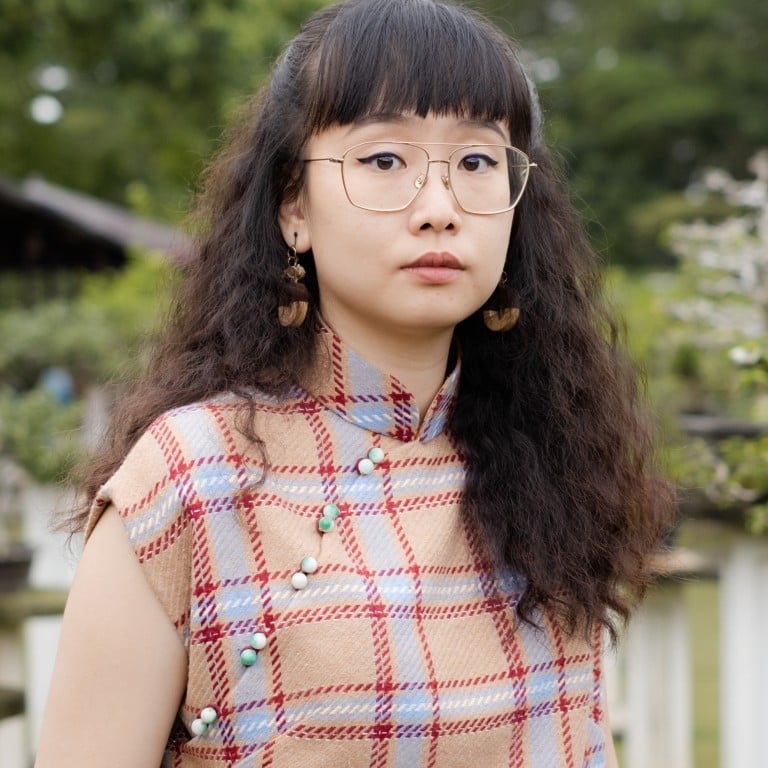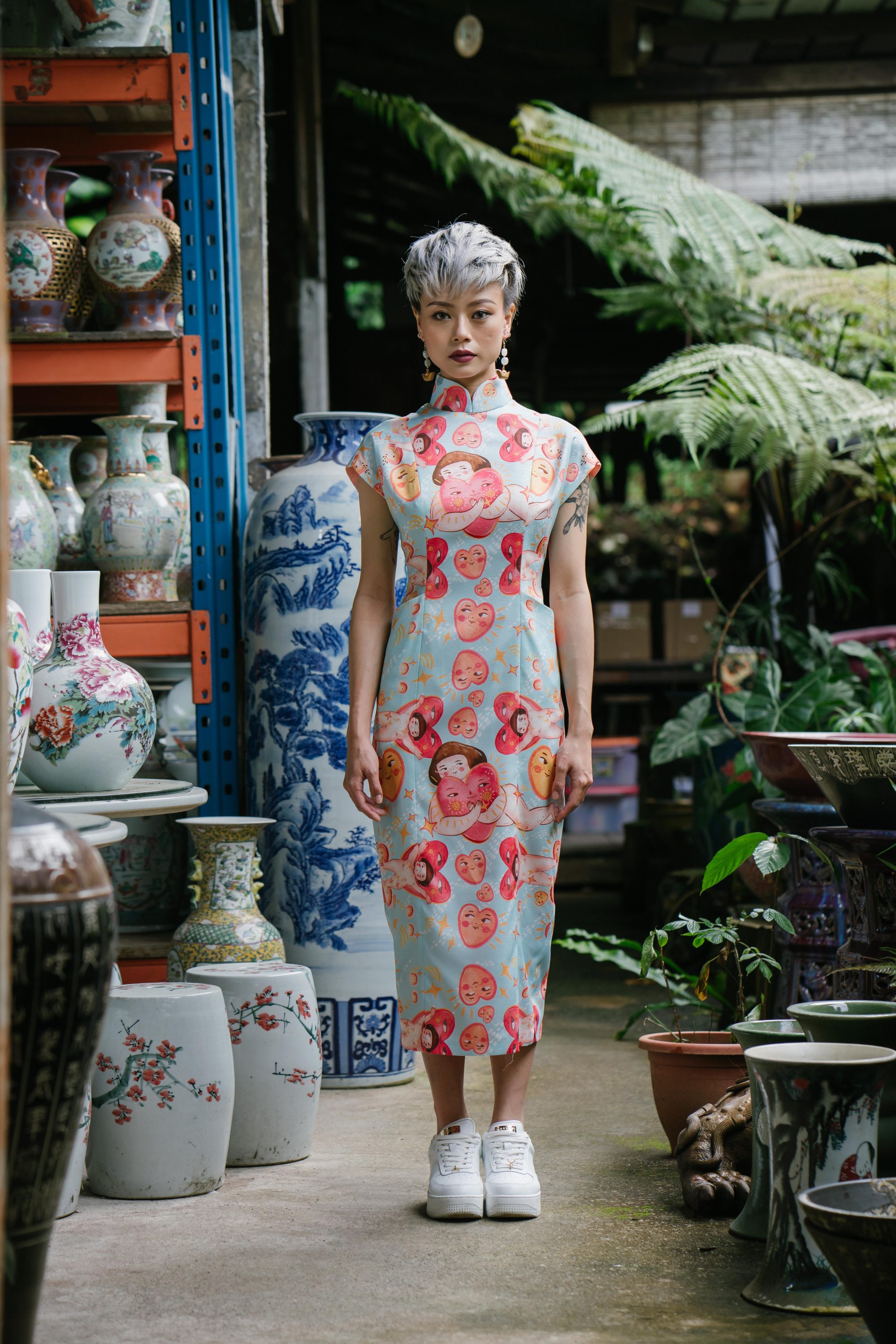
‘You don’t have to be skinny to wear a cheongsam’: Studio HHFZ founder and designer on normalising the traditional Chinese dress
- Hu Ruixian, 29, launched Studio HHFZ in Singapore five years ago with the aim of making the traditional Chinese dress something that women can wear every day
- She and her team are modernising the cheongsam by playing with fabrics, colours, shapes and more – they do not want anyone to feel like they cannot wear one
Spunky 29-year-old designer Hu Ruixian, who launched Studio HHFZ in Singapore five years ago, is passionate about cheongsams and wants to make the traditional Chinese dress something that women can wear every day.
How did you become interested in cheongsams?
“When I was young, I was into fashion and I liked to dress up. So I told myself I wanted to be a fashion designer.
“I didn’t really participate in the making of cheongsams there, but it made me want to branch out on my own because I enjoy the process of making them.”

Most of your orders are for weddings. What do Singaporean brides want?
Everything we do is bespoke so it’s really according to your style and your story.”
Who killed the cheongsam? A look at its history and demise
You’ve said any woman can look good in a cheongsam, but how do you help them achieve that?
“You don’t have to be skinny to wear a cheongsam. During our consultations, I ask the client which portions of their body they are most insecure about, the places they want to cover up. But at the same time I will try to encourage them, because there’s no point hiding, right?
“We can’t hide it, so then we flaunt it, lah – that’s my mindset.
“Some fabrics, like silk and satin, cling to the body so we can avoid those. If you’re not really confident and you have some parts that you’re insecure about then maybe we’ll use something thicker, like jacquards or brocades, so it’s a bit more comfortable.”

How do you make cheongsams something people will wear every day?
“We still get orders from customers who like a traditional cheongsam so we still do that. But most of the time now, to make it more wearable, we can convert it into a fresh cut silhouette, like a two-piece that makes you look like you’re wearing a one-piece but you have the option of separating it and matching it with your other clothing.
Cheongsam, catsuit, silver shades: 5 of Maggie Cheung’s best screen looks
You use a lot of colourful fabric in your designs. Tell us about that.
“I love colours, and colourful fabrics. Usually when I meet a client, I push the boundaries of what they will accept.
“For example, if a person wants to make a simple piece, I’ll ask if they want to explore some cut-outs and if they say they’re not comfortable with showing a lot of skin, then we can just do a small cut.

Do you help clients repurpose their wedding dresses?
“They see their dress hanging up for a while and they think, ‘What can I do with it?’ And then they reach out, I say, ‘Yeah, we can discuss and see what you’ll be keen to make.’ If it increases the chance of her wearing it then the piece won’t go to waste.
“That’s the whole thing about slow fashion – it is more sustainable. I’m not saying I don’t patronise fast fashion, but it’s nice to have a few pieces of slow fashion and sustainable items in your wardrobe.
“If you own a piece made by me you really support me and my team, a local small business.”

